10 Experiences Tour Cozumel Romeritos Christmas
10 Experiences Tour Cozumel Romeritos Christmas
Mexican Récipes: Romeritos: A Traditional Mexican Christmas Dish
Chef Alejandro Torres, 10 Experiences Tour Cozumel
The Mexican traditional recipe by the Executive Chef of 10 Experiences Tour, Alejandro Torres, is worthy of sharing. Now, let’s prepare the romeritos (seepweed) or revoltijo, as it is known in some parts of the country, gathering flavors in a unique way since the main ingredient is mole, but adds the delicious flavor of shrimp as protein, also prickly pear cactus (nopales), potatoes and the romeritos, which give the name to this dish.
Its origin dates back to pre-Hispanic times. Back then, plants were prized by the Aztec culture and were included in their diet. They provide multiple nutritional and medicinal benefits. It belongs to the quelite genus. The origin of its name comes from the Nahuatl language meaning “edible herb.”
Many historians affirm that the romeritos might have been boiled, bathed in a sauce, or even eaten raw.
During the arrival of the Spaniards this practice ceased as the Spaniards considered the romeritos to be “weeds”, so their consumption declined.
Years later, however, in the city of Puebla this indigenous legacy blended with Spanish gastronomy for Lent season, when read meat was not to be consumed.
From that moment on, local and foreign ingredients were used in combination, such as: ancho chile pepper, sesame seeds, potatoes, prickly pear cactus and shrimp.
This time we will be using the mole of your choice or preference, already prepared and available in different brands, presentations, and blends. I personally recommend the almond type of mole.
Here’s the list of ingredients, readied in advance to be incorporated during preparation. Quantities are enough for 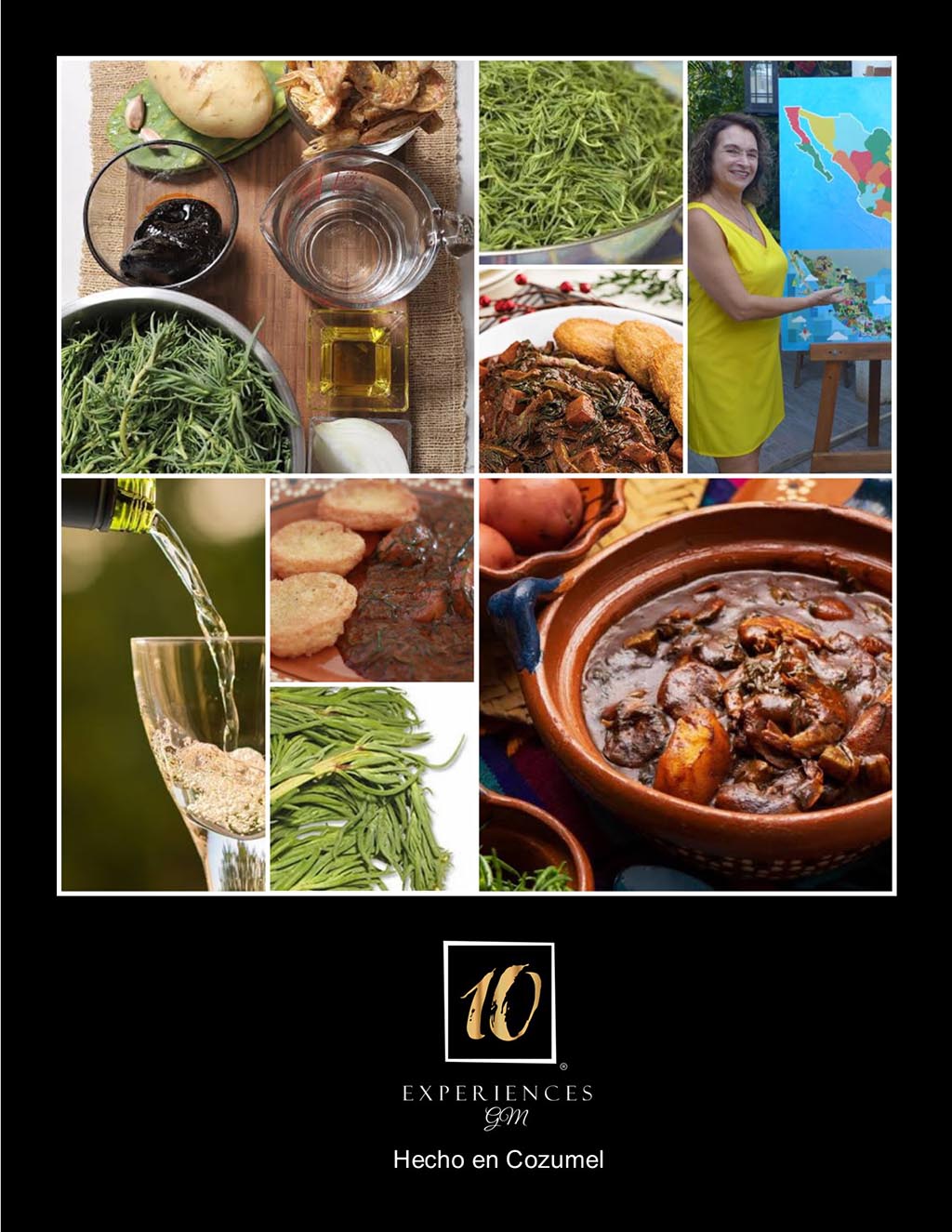 four or six people who will certainly enjoy this Christmas dish.
four or six people who will certainly enjoy this Christmas dish.
2 cups of mole
4 cups of chicken broth (homemade with all the classic ingredients)
1 kilo of clean romeritos
200 gr. dried shrimp
200 gr. dried shrimp powder
4 eggs
2 cups of canola oil
6 prickly pears (nopales) cut into sticks
4 cubed and cooked potatoes
½ gr of white nixtamal
Salt to taste
The first step is to clean the romeritos. The stems are normally sold in bundles, from which we will only use the leaves, this is, we must remove all of the thick stems because they can give a bitter taste. After them, wash and boil in water with a pinch of salt. We will know they are ready as they change color from deep green to a more faded one. Transfer to a container with cold water to cut off boiling and have them ready for when the time comes to drain and be placed in the main cooking pot.
Cut the potatoes and the prickly pears in cubes and cook separately in water. When they have cooked three quarters, drain and reserve (all ingredients will be later boiled for blending)
To proceed, we must prepare the mole in a large pot using the chicken broth to reach the desired viscosity (brothy), considering that we will put all the ingredients together in this pot. When the mole is ready, we only need to perfectly combine the romeritos, potatoes and prickly pears.
The dried shrimps must be very carefully peeled so as not to remove the meat while peeling the shell and removing the legs and the head. Set aside.
Have a pan ready with enough hot oil to fry the shrimp cakes. Now for the most fun part, beat the egg whites until stiff and add the egg yolks while mixing; add the shrimp and the shrimp powder until you get a thick batter, being careful not to lower the volume of the egg.
With the help of two spoons, shape patties or simply shape them by hand: Place one by one in the pan, until both sides are golden brown. Remove, drain on paper towels, and set aside.
The time comes to bring all ingredients in the master pot where the mole with the chicken broth sat. Cook at low temperature. Start by putting the prickly pears, potatoes, and romeritos into the broth. Cook for a few minutes for the flavors to strengthen. Leave the possibility open for adding the shrimp patties or leave them ready to serve, in other words, when serving. Put a generous portion of patties and cover them with the broth. Have tortillas ready and warm as a tool to take the food to the mouth. It will be a real combination of flavors.
For the perfect pairing, we select a Sauvignon Blanc white wine, which is usually fresh, dry and with citric notes. You can also opt for a Cabernet rosé wine, which is usually more delicate and sweeter.
Recetas de platillos mexicanos: Los romeritos, un platillo tradicional mexicano para la Navidad,
por el Chef Alejandro Torres de 10 Experiences Tour
La tradición mexicana en diciembre, vuelve a ser mérito de compartir la receta por el chef ejecutivo de 10 Experiences Tour, Alejandro Torres preparemos ahora los romeritos o revoltijo, como se le conocen en algunas partes del país, reúnen los sabores de una manera singular, pues el componente principal es el mole, sin embargo, añade como proteína el delicioso sabor del camarón, los nopales, papas y propiamente los romeritos, que le dan el nombre a esta preparación.
Su origen se remonta a la época prehispánica, ya que en aquellos tiempos estas plantas eran valoradas por la cultura azteca y estaban incluidas en su alimentación, aportan múltiples beneficios nutricionales y medicinales. Pertenece al género del quelite, su nombre derivado del náhuatl y significa “hierba comestible”.
Múltiples historiadores afirman que es posible que se consumieran hervidos, bañados en alguna salsa e incluso crudos.
Durante la llegada de los españoles esta práctica dejó de realizarse, ya que los españoles los consideraban como “maleza”, por lo que se redujo su consumo.
Sin embargo, años después, en la ciudad de Puebla se comenzó a combinar esta herencia indígena con la gastronomía española para la temporada de Cuaresma, en la que no se consumía carnes rojas.
A partir de ese momento se comenzaron a combinar ingredientes locales y extranjeros como: chile ancho, ajonjolí, papas, nopales y camarones.
En esta ocasión, utilizaremos ventajosamente el mole de su elección o preferencia, ya elaborado y disponible en diferentes marcas, presentaciones y mezclas, en lo personal te recomiendo el mole tipo almendrado.
Te listo, los ingredientes ciertamente avanzados en cuanto a su preparación para ser integrados durante la preparación, las cantidades son suficientes para cuatro o seis personas, que deleitaran este platillo navideño.
2 tazas de mole
4 tazas de caldo de pollo (hecho en casa con todos los ingredientes clásicos)
1 kg de romeritos limpios
200 gr. camarón seco
200 gr. polvo de camarón seco
4 huevos
2 tazas de aceite de canola
6 nopales cortados en bastones
4 papas en cubos y cocidas
½ gr. de tortilla blanca de nixtamal
Sal al gusto
El primer paso es limpiar los romeritos, estos generalmente se venden en racimos, de los cuales solo ocuparemos las hojitas, es decir, debemos retirar todos los tallos gruesos, pues estos pueden darles un sabor amargo. Después de limpiarlos, se lavarán y se pondrán a hervir en agua con una pizca de sal. Sabremos cuando están listos porque estos cambian de color, pues pasan de un verde intenso a un verde más opaco. Colócalos en un recipiente que contenga agua fría, para cortar la cocción y permanezcan listos, cuando llegué el momento debemos escurrirlos y pasarlos a la cazuela maestra.
Se cortan en cubitos las papas y nopales, los ponemos a cocer en agua por separado, cuando estos ya se encuentren tres cuartos de su cocimiento se escurren y reservamos. (hervirán juntos todos los componentes para lograr su integración).
Para continuar debemos preparar el mole en una cazuela grande, utilizaremos el caldo de pollo para obtener la viscosidad deseada (caldosa), teniendo en cuenta que juntaremos todos los ingredientes en esta. Cuando el mole esté listo solamente debemos integrar a la perfección los romeritos, las papas y los nopalitos.
Los camarones secos se deben pelar con mucho cuidado para no llevarnos la carne al quitar el caparazón, las patitas y la cabeza, reservar.
Tener listo sarten con aceite suficientemente caliente para freír las tortas de camarón. Ahora vamos por lo más divertido, bate las claras a punto de turrón y añade las yemas sin dejar de batir, agrega los camarones y el polvo hasta lograr obtener una mezcla espesa, cuidando de no bajar el volumen del huevo.
Formar las tortitas con ayuda de dos cucharas o simplemente con la mano, colocar una por una en la sartén, hasta que se doren por ambos lados, retira y escurre en papel absorbente, reserva.
Llego el momento de juntar todos los elementos en la cazuela maestra, donde reposó el mole con el caldo de pollo, a temperatura baja, vertimos inicialmente los nopales, papas, y romeritos, por unos minutos los dejamos que se acentúen los sabores, dejamos abierta la posibilidad de incorporar las tortas de camarón o dejarlas listas para el emplatado, es decir llegada la hora de servir, ponemos una porción generosa de las tortitas y las bañamos con el caldo. Tener listas y calientitas las tortillas como herramienta de llevar la comida a la boca. Será una verdadera combinación de sabores.
Para el maridaje perfecto, seleccionamos vino blanco Sauvignon Blanc, que suele ser fresco, seco y con notas cítricas. También puedes optar por un vino rosado Cabernet, que suele ser más delicado y dulce.
______________________________
Una ex yanqui de Connecticut quien llama hogar a Cozumel desde hace más de 15 años. Laura escapó al Caribe hace años, desplazándose de una isla a otra dando clases de BUCEO. Se dedicó a perder el tiempo en Jamaica y finalmente se detuvo en Cozumel para pasar unas vacaciones de 2 semanas que aún no terminan. Convenciendo a sus padres que pagaran una elegante universidad privada, obtuvo su título en Periodismo y Laura crea semanalmente Cozumel 4You, medios sociales y artículos promocionales sobre la Isla y también es moderadora en el grupo Cozumel 4 You en Facebook que actualmente cuenta con 25,000 miembros. Fabián, s umuy tolerante marido, desde hace mucho tiempo se resignó a no tener vida privada, pues se ha visto implicado en los diversos proyectos y planes que urde Laura. Son orgullosos padres de diversos perros y gatos rescatados. Mientras contempla su paso a través de la vida en el Caribe mexicano,Laura continúa siendo la pesadilla en la existencia de su muy tradicional suegra mexicana.
- Humane Society Cozumel Pet Week - March 28, 2025
- Cozumel Property Tax & Garbage Taxes - March 28, 2025
- Cozumel 4 You News March2025 - March 28, 2025
An ex-Connecticut Yankee who has called Cozumel home for over 18 years, Laura ran away to the Caribbean years ago, bumped around the islands teaching SCUBA diving, lost some time in Jamaica, and finally stopped in Cozumel for a 2 week vacation that hasn’t ended yet. With a degree in Journalism from a fancy private college she convinced her parents to pay for, Laura writes, edits, and creates the weekly Cozumel 4 You news, social media, and promotional articles about the island, as well as moderates the Cozumel 4 You Facebook group, which currently has over 25,000 members. Her long suffering husband, Fabian, has long since resigned himself to having zero private life, as he’s been involved in her various schemes and plots since his arrival. Proud parents to a variety of rescue dogs and cats, Laura continues to be the bane of her traditional Mexican mother-in-law’s existence, as she muses her way through life in the Mexican Caribbean. ______________________________ Una ex yanqui de Connecticut quien llama hogar a Cozumel desde hace más de 15 años. Laura escapó al Caribe hace años, desplazándose de una isla a otra dando clases de BUCEO. Se dedicó a perder el tiempo en Jamaica y finalmente se detuvo en Cozumel para pasar unas vacaciones de 2 semanas que aún no terminan. Convenciendo a sus padres que pagaran una elegante universidad privada, obtuvo su título en Periodismo y Laura crea semanalmente Cozumel 4You, medios sociales y artículos promocionales sobre la Isla y también es moderadora en el grupo Cozumel 4 You en Facebook que actualmente cuenta con 25,000 miembros. Fabián, s umuy tolerante marido, desde hace mucho tiempo se resignó a no tener vida privada, pues se ha visto implicado en los diversos proyectos y planes que urde Laura. Son orgullosos padres de diversos perros y gatos rescatados. Mientras contempla su paso a través de la vida en el Caribe mexicano, Laura continúa siendo la pesadilla en la existencia de su muy tradicional suegra mexicana.
Indian Art Cozumel Museum
Indian Art Cozumel Museum Discover the “Colors of the Indian Soul”...
Amusement Ride Injury Cozumel
Amusement Ride Injury Cozumel Cozumel Teen Seriously Injured In Amusement Park...
Cozumel Beach Clean Up
Cozumel Beach Clean Up Beach Clean Up a Massive Success with...
Quintana Roo Nautical Sector Challenges New Tax Sport Fishing
Quintana Roo Nautical Sector Challenges New Tax Sport Fishing Quintana...



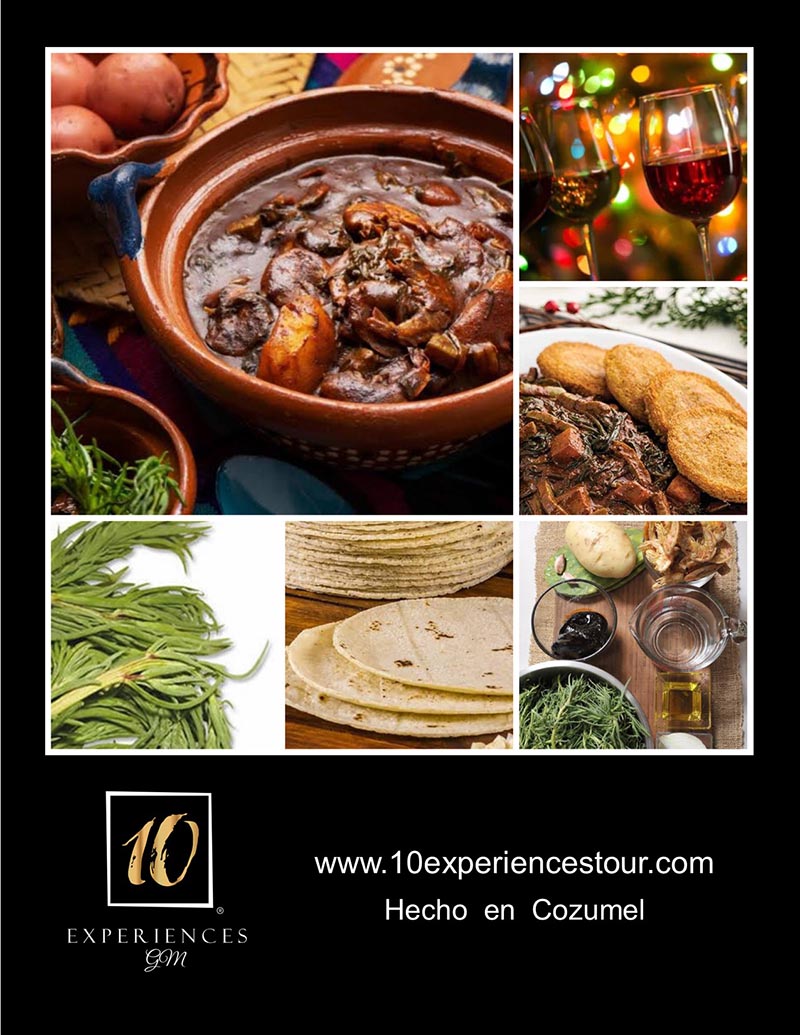




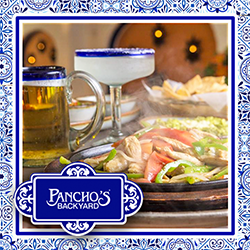



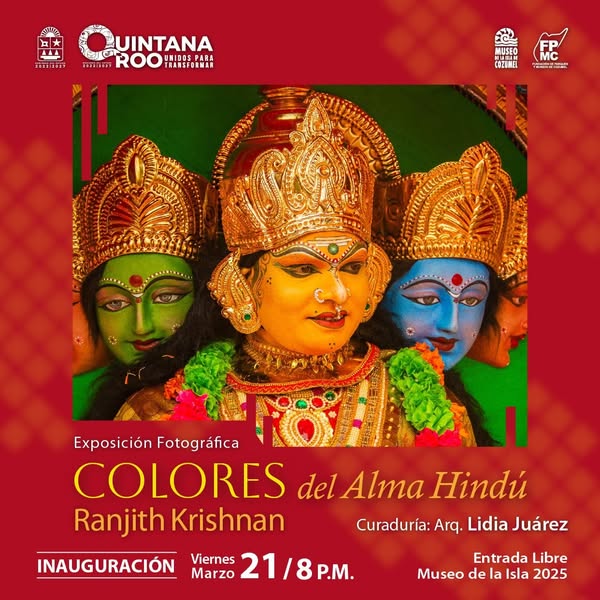



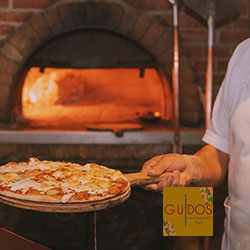






Leave a comment